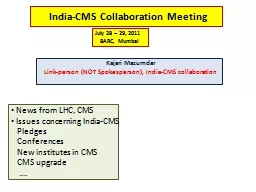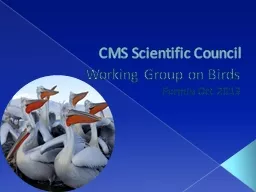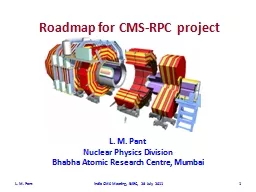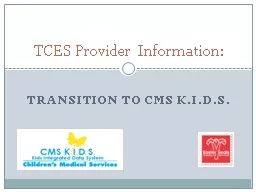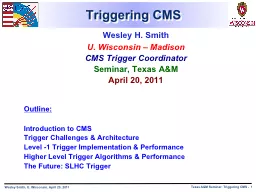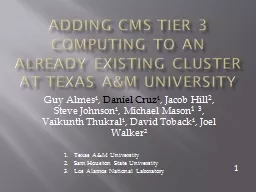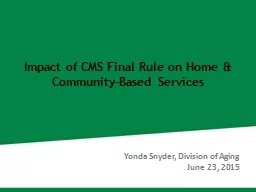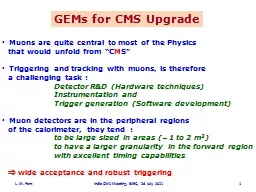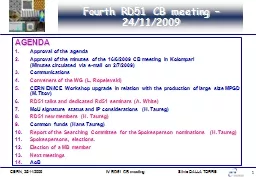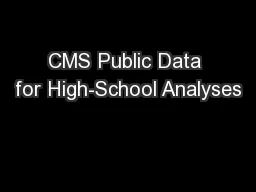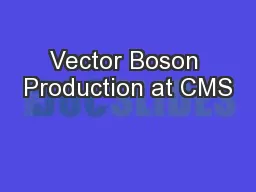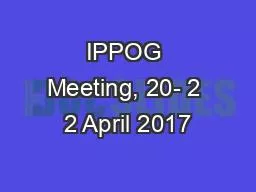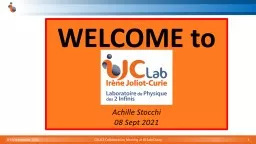PPT-India-CMS Collaboration Meeting
Author : phoebe-click | Published Date : 2015-10-04
Kajari Mazumdar Linkperson NOT Spokesperson IndiaCMS collaboration July 28 29 2011 BARC Mumbai News from LHC CMS Issues concerning IndiaCMS Pledges Conferences
Presentation Embed Code
Download Presentation
Download Presentation The PPT/PDF document "India-CMS Collaboration Meeting" is the property of its rightful owner. Permission is granted to download and print the materials on this website for personal, non-commercial use only, and to display it on your personal computer provided you do not modify the materials and that you retain all copyright notices contained in the materials. By downloading content from our website, you accept the terms of this agreement.
India-CMS Collaboration Meeting: Transcript
Download Rules Of Document
"India-CMS Collaboration Meeting"The content belongs to its owner. You may download and print it for personal use, without modification, and keep all copyright notices. By downloading, you agree to these terms.
Related Documents

